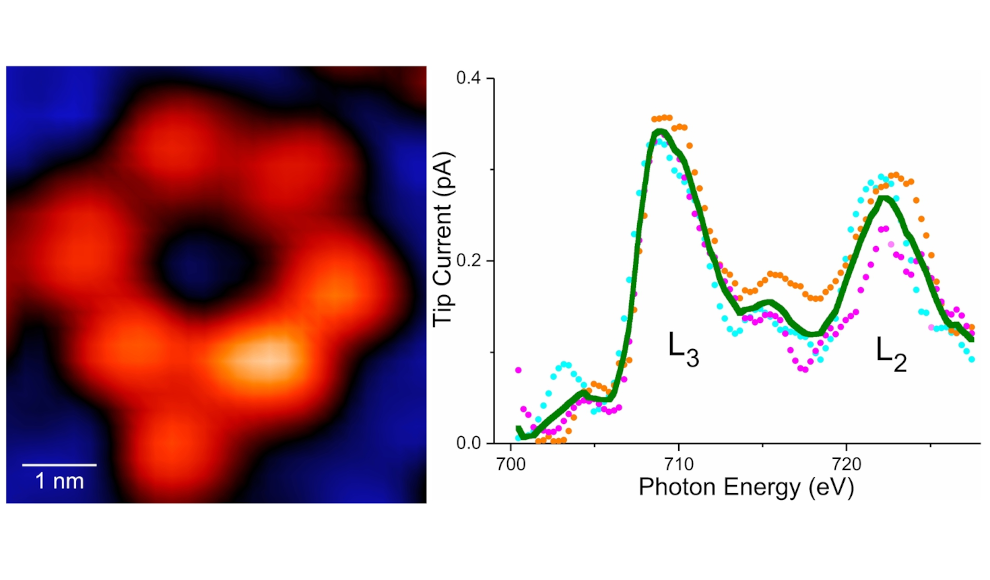Physicists have achieved a groundbreaking feat by creating an X-ray image of a single atom using a special detector. Previously, only significantly larger objects could be X-rayed, with an attogram, or about 10,000 atoms, being the smallest unit that could be imaged. However, the X-ray signal produced by individual atoms is so weak that conventional detectors cannot detect it. Researchers from Ohio University, led by Saw-Wai Hla, have now created the first X-ray image of a single atom. This breakthrough could have significant implications for fields such as environmental and health research, as well as the development of innovative technologies for quantum information science.
According to the publication in the journal Nature, the scientists selected an iron and a terbium atom, each integrated into suitable molecular hosts, for their experiments. To identify the X-ray signal of an atom, the research team implemented a special detector in addition to the usual X-ray detectors. This special detector consisted of a precise metal tip placed in close proximity to the sample material. This arrangement allowed the researchers to capture the electrons excited by X-ray radiation, a process known as synchrotron X-ray scanning tunneling microscopy or SX-STM.
The main goal of the physicists, in addition to measuring the X-ray signature of a single atom, was to investigate the effects of the environment on rare earth atoms. Rare earths are used in most electronic devices, and the tested method allows for more effective control of the atoms within various materials to adapt them to different technical requirements. “By comparing the chemical states of an iron and a terbium atom in their respective molecular hosts, we found that the terbium atom – a rare earth metal – is more isolated and does not change its chemical state, while the iron atom strongly interacts with its environment,” said Hla.
This breakthrough could have significant implications for environmental and health research, as well as the development of innovative technologies for fields such as quantum information science. The ability to image individual atoms using X-rays could lead to a better understanding of the behavior of materials at the atomic level, which could have a profound impact on various scientific fields.










